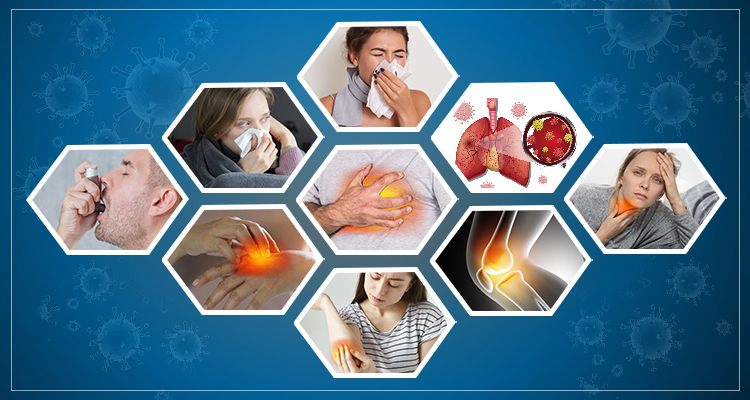
Introduction
Common health issues such as hypertension, diabetes, cancer, and respiratory illnesses affect millions of people worldwide, impacting their overall well-being and quality of life. These conditions can be caused by various factors and have severe effects if left untreated. Understanding the causes, effects, prevention, and treatment of these health issues is crucial for individuals to lead healthy and fulfilling lives.
Causes of Hypertension
- Genetic factors
- Diet and lifestyle choices
- Obesity and lack of physical activity
- Stress and high blood pressure
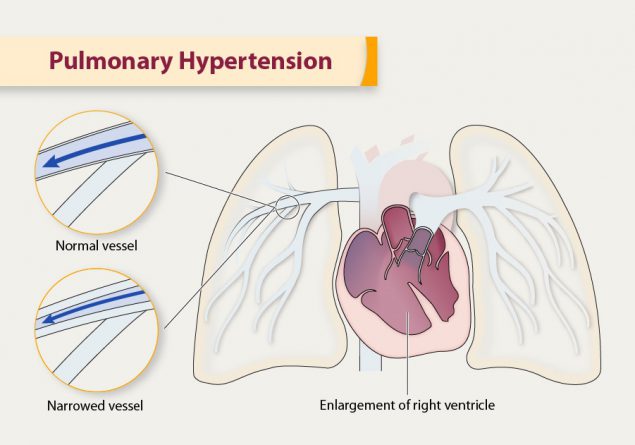
High blood pressure, or hypertension, can result from genetic predisposition, poor dietary habits, sedentary lifestyles, stress, and other factors. Individuals with a family history of hypertension are at a higher risk of developing the condition. Consuming a diet high in sodium, processed foods, and saturated fats, along with minimal physical activity, can contribute to elevated blood pressure levels. Obesity is also a significant risk factor for hypertension, as excess weight puts added strain on the heart and blood vessels. Additionally, chronic stress and high levels of anxiety can lead to increased blood pressure, worsening the condition over time.
Effects of Hypertension
- Increased risk of heart disease and stroke
- Damage to blood vessels and organs
- Complications during pregnancy
- Impact on overall quality of life
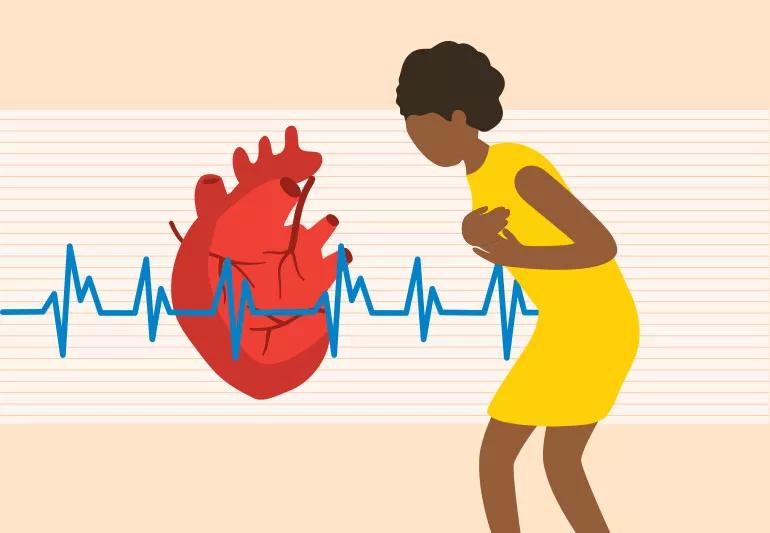
Untreated hypertension can have severe consequences on an individual's health. The condition significantly increases the risk of heart disease, heart attacks, and strokes due to the heightened pressure exerted on the cardiovascular system. Prolonged high blood pressure can cause damage to blood vessels throughout the body, leading to complications in organs such as the kidneys, eyes, and brain. Pregnant women with hypertension are at risk of developing preeclampsia, a dangerous condition that can harm both the mother and the baby. Moreover, the overall quality of life is compromised for individuals living with uncontrolled hypertension, as fatigue, headaches, and other symptoms can interfere with daily activities.
Prevention and Treatment of Hypertension
- Healthy eating habits
- Regular exercise
- Medication and monitoring blood pressure
- Stress management techniques

To prevent and manage hypertension effectively, individuals should adopt healthy eating habits such as a diet rich in fruits, vegetables, whole grains, and lean proteins, while limiting salt and processed foods. Regular physical activity, including cardiovascular exercise and strength training, can help lower blood pressure and improve overall cardiovascular health. In cases where lifestyle modifications are not sufficient, healthcare providers may prescribe medications to control blood pressure levels. Monitoring blood pressure regularly and seeking medical advice when needed is essential in managing hypertension. Stress management techniques, such as meditation, yoga, and deep breathing exercises, can also play a significant role in reducing stress-related hypertension.
Causes of Diabetes
- Genetic predisposition
- Poor diet and lack of exercise
- Obesity and insulin resistance
- Age and ethnicity

Diabetes is a chronic condition characterized by high blood sugar levels resulting from the body's inability to produce or effectively use insulin. Genetic factors can play a role in predisposing individuals to diabetes, with certain gene variants increasing the likelihood of developing the disease. Poor dietary choices, including excessive consumption of sugary foods and beverages, coupled with a sedentary lifestyle, can lead to weight gain and insulin resistance, a key feature of type 2 diabetes. Obesity is a significant risk factor for diabetes, as excess adipose tissue can impair insulin function, contributing to the development of the disease. Age and ethnicity also influence the risk of diabetes, with older individuals and certain racial or ethnic groups being more susceptible to the condition.
Effects of Diabetes
- Nerve damage and kidney disease
- Blindness and cardiovascular complications
- Foot ulcers and amputation
- Reduced life expectancy

Untreated or poorly managed diabetes can lead to serious complications that affect various parts of the body. Nerve damage, known as diabetic neuropathy, can cause tingling, numbness, and pain in the extremities, leading to issues with mobility and coordination. Kidney disease, or diabetic nephropathy, can result from prolonged high blood sugar levels, potentially leading to kidney failure. Diabetes can also affect the eyes, causing diabetic retinopathy that may result in vision loss and blindness if left unchecked. Cardiovascular complications are prevalent among individuals with diabetes, increasing the risk of heart attacks, strokes, and other heart-related issues. Foot ulcers and infections are common in diabetic individuals, with severe cases necessitating amputation. Overall, diabetes shortens life expectancy and significantly impacts an individual's quality of life.
Prevention and Treatment of Diabetes
- Healthy eating and weight management
- Regular physical activity
- Monitoring blood sugar levels
- Medication and insulin therapy
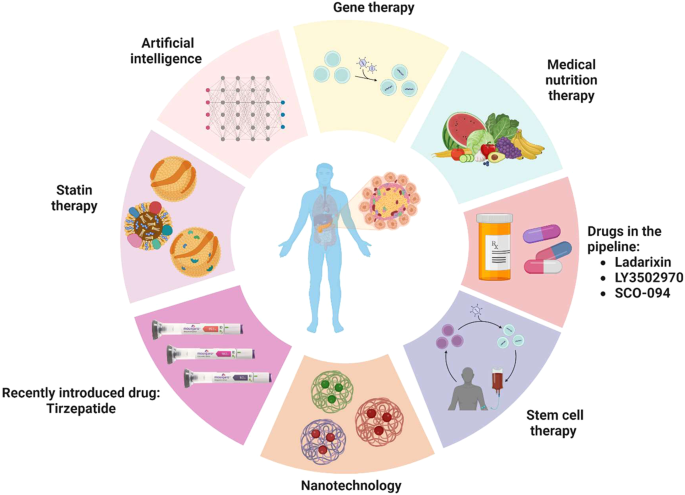
Adopting a healthy eating plan that focuses on balanced meals, portion control, and the avoidance of sugary and processed foods is essential in preventing diabetes and managing the condition. Engaging in regular physical activity, such as brisk walking, swimming, or cycling, can help improve insulin sensitivity and lower blood sugar levels. Monitoring blood sugar levels regularly, as advised by healthcare providers, enables individuals to track their condition and make necessary adjustments to their treatment plan. In cases where diet and exercise are insufficient to control diabetes, medications such as metformin or insulin therapy may be prescribed to manage blood sugar levels effectively.
Causes of Cancer
- Environmental factors such as exposure to carcinogens
- Genetic mutations and inherited risk factors
- Smoking, alcohol consumption, and poor diet
- Chronic infections and inflammation
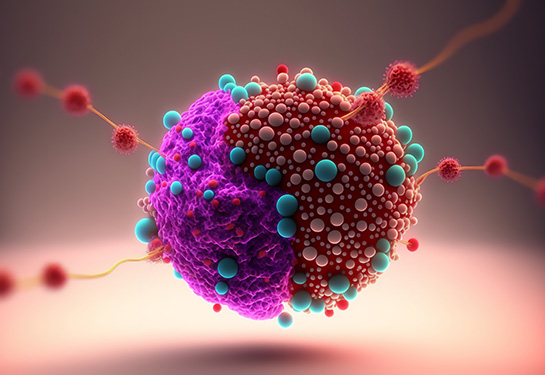
Cancer is a complex group of diseases characterized by the uncontrolled growth and spread of abnormal cells in the body. Environmental factors, such as exposure to carcinogens in the air, water, or workplace, can increase the risk of developing cancer. Genetic mutations and inherited risk factors, including specific gene variants and family history, play a role in certain types of cancer. Lifestyle choices, such as smoking tobacco, consuming excessive alcohol, and following a poor diet high in processed foods and low in fruits and vegetables, can contribute to the development of cancer. Chronic infections and inflammation, particularly in organs such as the liver or stomach, can lead to the formation of cancerous tumors.
Effects of Cancer
- Tumor growth and invasion of healthy tissues
- Metastasis to other parts of the body
- Side effects of chemotherapy and radiation therapy
- Psychological impact on patients and their families

The effects of cancer on the body can be devastating, as tumors can grow rapidly and invade surrounding healthy tissues, disrupting normal organ function. Metastasis occurs when cancer cells spread from the primary tumor to other parts of the body through the bloodstream or lymphatic system, leading to the formation of secondary tumors. Treatment modalities such as chemotherapy and radiation therapy, while necessary for combating cancer, often come with side effects such as hair loss, nausea, fatigue, and increased susceptibility to infections. The psychological impact of a cancer diagnosis on patients and their families cannot be understated, as the emotional burden, anxiety, and uncertainty surrounding the disease can take a significant toll on mental well-being.
Prevention and Treatment of Cancer
- Avoidance of tobacco and alcohol
- Healthy diet and regular exercise
- Screening tests and early detection
- Surgery, chemotherapy, and radiation therapy
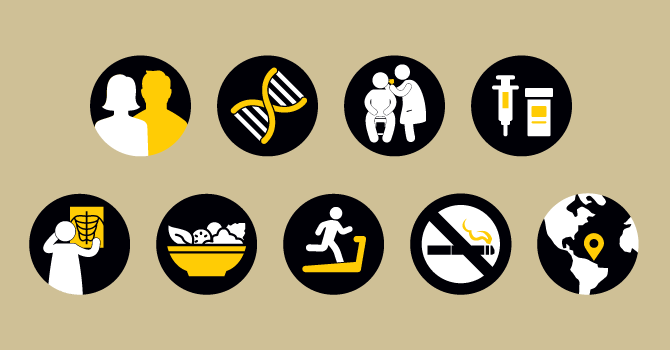
Preventing cancer involves making healthy lifestyle choices such as avoiding tobacco products, limiting alcohol consumption, maintaining a nutritious diet rich in fruits, vegetables, and whole grains, and engaging in regular physical activity. Routine screening tests, including mammograms, colonoscopies, and Pap smears, can help detect cancer at an early stage when treatment is most effective. In cases where cancer is diagnosed, treatment options may include surgery to remove tumors, chemotherapy to target and kill cancer cells, and radiation therapy to destroy cancerous tissues. Multidisciplinary approaches to cancer care involving surgery, medical oncology, radiation oncology, and supportive services are integral in providing comprehensive treatment and improving outcomes for patients.
Causes of Respiratory Illnesses
- Viral and bacterial infections
- Smoking and exposure to secondhand smoke
- Allergies and environmental pollutants
- Chronic conditions such as asthma and COPD

Respiratory illnesses encompass a wide range of conditions affecting the lungs and airways, with causes varying from infectious agents to environmental triggers and chronic diseases. Viral and bacterial infections, such as influenza, pneumonia, and tuberculosis, can lead to respiratory symptoms and complications. Smoking tobacco and exposure to secondhand smoke significantly increase the risk of developing respiratory illnesses, including chronic bronchitis and emphysema. Allergies to pollen, dust mites, pet dander, and other allergens can trigger asthma attacks and worsen respiratory symptoms. Environmental pollutants, such as smog, air pollutants, and industrial chemicals, can also contribute to respiratory issues. Chronic respiratory conditions like asthma and chronic obstructive pulmonary disease (COPD) are prevalent causes of respiratory illnesses, characterized by airflow obstruction and inflammation in the airways.
Effects of Respiratory Illnesses
- Shortness of breath and wheezing
- Coughing and chest pain
- Decreased lung function and oxygen saturation
- Increased risk of respiratory failure and death

Respiratory illnesses manifest through various symptoms that impact breathing and lung function. Shortness of breath, also known as dyspnea, can be a common symptom of respiratory conditions, making it challenging to perform physical activities or even rest comfortably. Wheezing, a high-pitched whistling sound heard during exhalation, is often associated with asthma and other respiratory disorders. Persistent coughing and chest pain may accompany respiratory illnesses, leading to discomfort and reduced quality of life. Decreased lung function and oxygen saturation levels are significant consequences of respiratory illnesses, as impaired gas exchange can affect overall health and wellbeing. In severe cases, respiratory failure can occur, leading to life-threatening complications.
Prevention and Treatment of Respiratory Illnesses
- Quitting smoking and avoiding exposure to pollutants
- Managing allergies and asthma triggers
- Medication for symptom relief and prevention of exacerbations
- Oxygen therapy and pulmonary rehabilitation
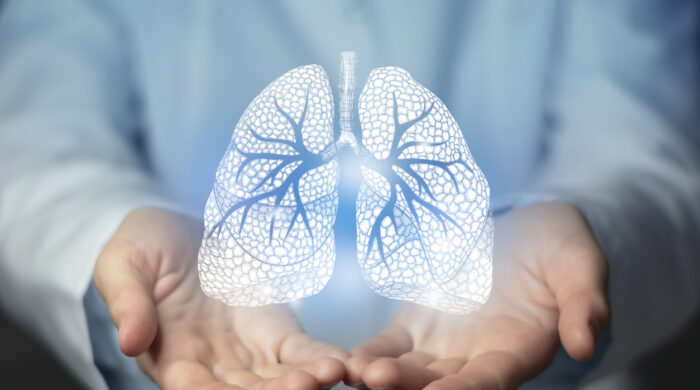
Preventing respiratory illnesses involves avoiding smoking and secondhand smoke, minimizing exposure to air pollutants, and maintaining good indoor air quality. Managing allergies by identifying triggers and taking necessary precautions can help prevent asthma attacks and reduce respiratory symptoms. Medications such as bronchodilators, corticosteroids, and antihistamines may be prescribed for symptom relief and the prevention of exacerbations in individuals with respiratory conditions. Oxygen therapy can improve oxygen levels in the blood for individuals with compromised lung function, while pulmonary rehabilitation programs offer exercise training, education, and support to enhance respiratory health and overall well-being.
Conclusion
Common health issues such as hypertension, diabetes, cancer, and respiratory illnesses pose significant challenges to individuals' health and well-being. By understanding the causes, effects, prevention, and treatment options for these conditions, individuals can take proactive steps to improve their overall health and reduce the risk of developing these diseases. Adopting a healthy lifestyle, seeking medical advice when needed, and staying informed about various health issues are crucial in promoting a healthier society and enhancing the quality of life for all.


0 Comments